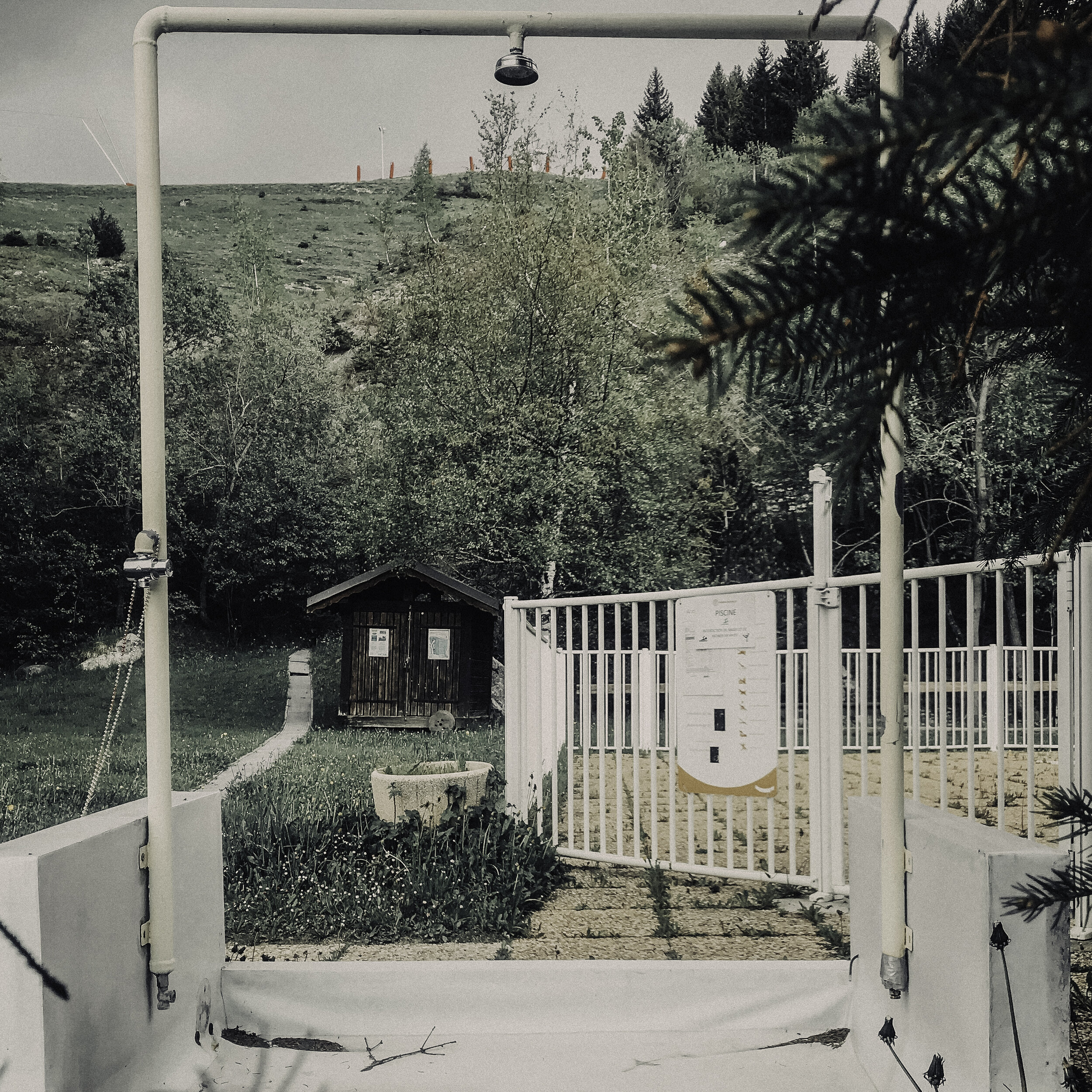I might have been wrong about you. Cold shower on how I see things.
The cold shower experiment.
No, not the James Bond cold shower, but the discomfort of realising my bias.
There are some local hotel buildings that I looked on a little less favourably than others. If I even paid attention. Thanks to reading Charles Portis and listening to 99%invisible I have started to consider a change of heart.
This is an experiment on how I changed my point of view.
Aim
To photograph chain hotels with a kind eye. A physical experiment to look for the beauty and the detail which capture the magic of their optimism when they were built.
Apparatus
Three local chain hotels built in a similar style during the 1960’s/70’s. They are a little neglected and were photographed in inter-season just after lockdown before their summer cleaning and maintenance. All three have outdoor pools that can be seen from the street.
Method
I began with the hotel which is in the most prestigious location and has a strong design. Its bold sweeping curves made it easy to appreciate the glamour and optimism from when it was built. It helped it was a sunny day but this was about wet footprints on hot tiles and sun loungers. A Mediterranean in the Alps.
If the hotel pool in Courchevel 1850 is about glamour, the outdoor pool in 1650 was a little more grassy fun. I saw this hotel going shopping, and the frequent TripAdvisor comment is “by the supermarket”. Aimed at families this is about children’s laughter and a cold shower. To see the photograph of that shower, you know how it felt to be under it. I’d moved from noticing the design of the building, to the stories the pool told.
The third hotel is in the forest, combining ski and nature. This was photographed on a misty day with damp air when the clouds cover the mountain and valley. This took longer to find the photograph and to change how I saw it. I needed to explore by scrambling up the bank at the side. There you can see the sweeping curve of the hotel. The story of the cocktail sun loungers. Back to the pool and I noticed the detail of the tiles and framing of the trees. It turned out this was the most inspiring hotel to write about, and maybe if you try this experiment, the building which you find initially the hardest will also be the most fulfilling.
Results
All three hotels were seen differently to what I would have thought of by just passing by. Studying their design can improve understanding them rather than just seeing a concrete block. Seeking the detail is the main change that gave each hotel a story.
Conclusion
Approaching with “a kind eye” opens up the structures, details, stories and awareness of how these make me feel. I’ve thought about some of the chain hotels I’ve stayed in with my family, the fun, the adventures, and yes the tantrums. How these hotels were built in a different time, and yet the people who have ventured through have so much in common.
I’ve also found I’m now resistant to photographing the newer hotels. The luxury chains of grey stone instead of brown wood. There is a new challenge to photograph them with a kind eye.
Taking this practice with an object, breaking it down into parts, makes me more aware of when I have a bias, and how to change it. Practising with hotels, this method could also work for ideas.
I might be wrong.
Hotels at 1850, 1650, La Rosiere
References
Charles Portis Motel Life, Lower Reaches
99%invisible The smell of concrete after the rain
Searching Tripadvisor for comments on each hotel in the area.



